When embarking on a backpacking adventure, one of the most crucial decisions you’ll make is choosing the right backpack. It’s the piece of gear that will carry everything you need for your journey, including your sleeping bag, food, water bottles, and clothing. If you’re planning to carry heavy loads, it’s even more important to select a backpack that can handle the weight while providing comfort and durability.
In this comprehensive guide, we’ll explore the top backpacking backpacks specifically designed for heavy loads. We’ll delve into their features, benefits, and drawbacks, helping you make an informed decision. Whether you’re a seasoned hiker or a beginner, finding the perfect backpack that fits your body type and meets your needs is essential. So let’s dive in and discover the best backpacking backpacks that can handle heavy loads!
Understanding the Importance of a Heavy-Duty Backpack
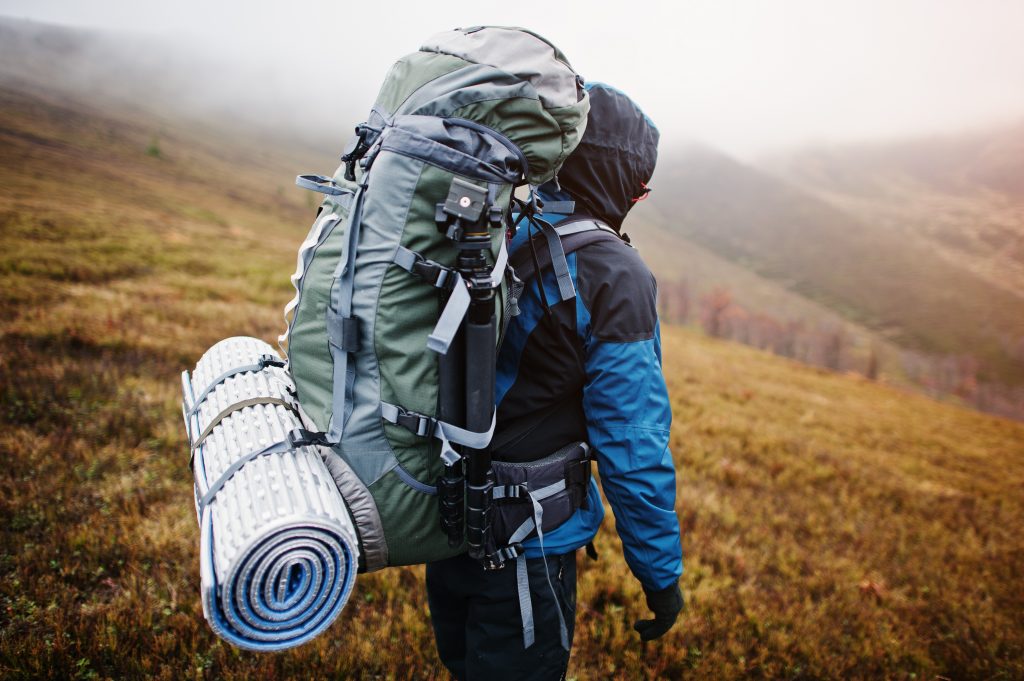
When embarking on a backpacking trip with heavy loads, having a backpack specifically designed to handle the weight is crucial. These heavy-duty backpacks are built with durable materials and reinforced features to withstand the strain and provide maximum comfort.
Carrying heavy loads can put immense pressure on your body, leading to discomfort, fatigue, and potential injuries. A well-designed backpack distributes the weight evenly, reducing strain on your shoulders, back, and hips. It ensures stability and balance, allowing you to hike longer distances without compromising your comfort.
Investing in a heavy-duty backpack is not only about convenience but also about safety. A high-quality backpack will provide the necessary support and stability, even in challenging terrains. It will withstand the rigors of the trail, protecting your gear and ensuring that you can focus on enjoying the journey.
Key Features to Consider
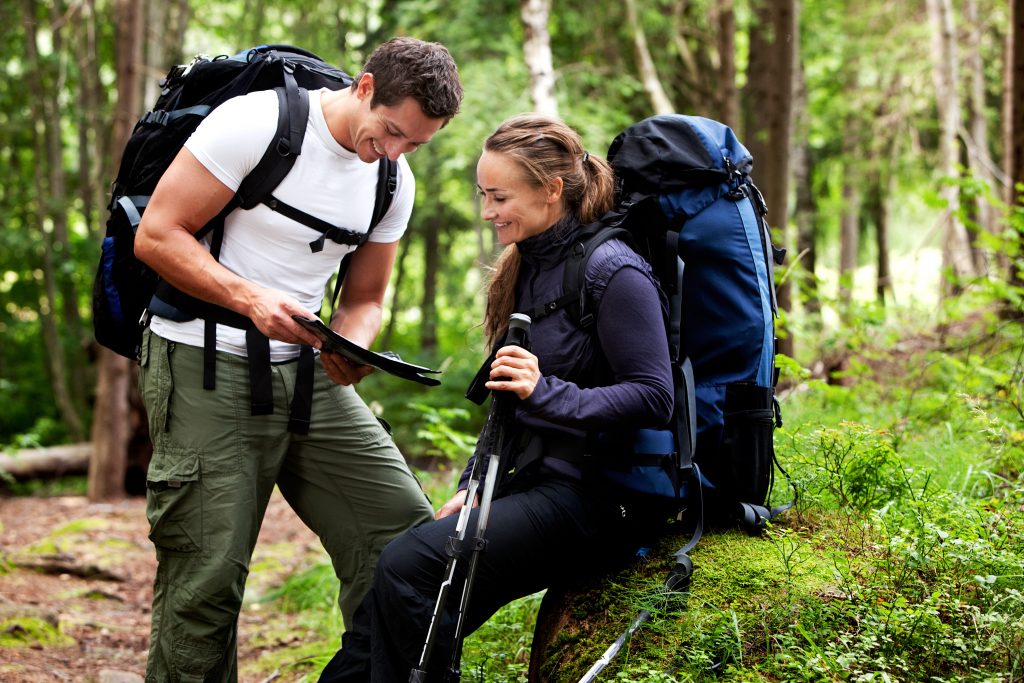
When selecting a backpack for heavy loads, several key features should be taken into account. These features will determine the backpack’s weight, comfort, organization, and accessibility. Let’s explore each feature in detail.
Weight and Durability
Considering the weight of your backpack is crucial, especially when carrying heavy loads. Every ounce matters, as it can add up to significant strain on your body over long distances. Look for backpacks that are lightweight yet durable, constructed with high-quality materials such as ripstop nylon or Dyneema.
Durability is equally important, as heavy loads can put stress on the backpack’s seams, zippers, and straps. Reinforced stitching, robust materials, and sturdy construction will ensure that your backpack can withstand the demands of the trail.
Comfort and Fit
A backpack that fits properly and provides exceptional comfort is essential for carrying heavy loads. Look for backpacks with adjustable suspension systems, allowing you to customize the fit to your body type. Features like adjustable shoulder straps, hip belts, and load lifters enable you to distribute the weight evenly and achieve a perfect fit.
Padding and ventilation in key areas, such as the back panel and shoulder straps, enhance comfort and reduce chafing. Look for backpacks with breathable materials and ergonomic designs that promote airflow and prevent excessive sweating.
Organization and Accessibility
When carrying heavy loads, having a well-organized backpack is crucial for easy access to your gear. Look for backpacks with multiple compartments, pockets, and attachment points. This allows you to separate and organize your essentials efficiently.
Consider the accessibility of your gear during the hike. Features like large front panel openings, side zippers, and stretch mesh pockets provide quick and convenient access to frequently used items. It saves you from digging through your entire backpack to find what you need.
Top Picks for Heavy Load Backpacking Backpacks
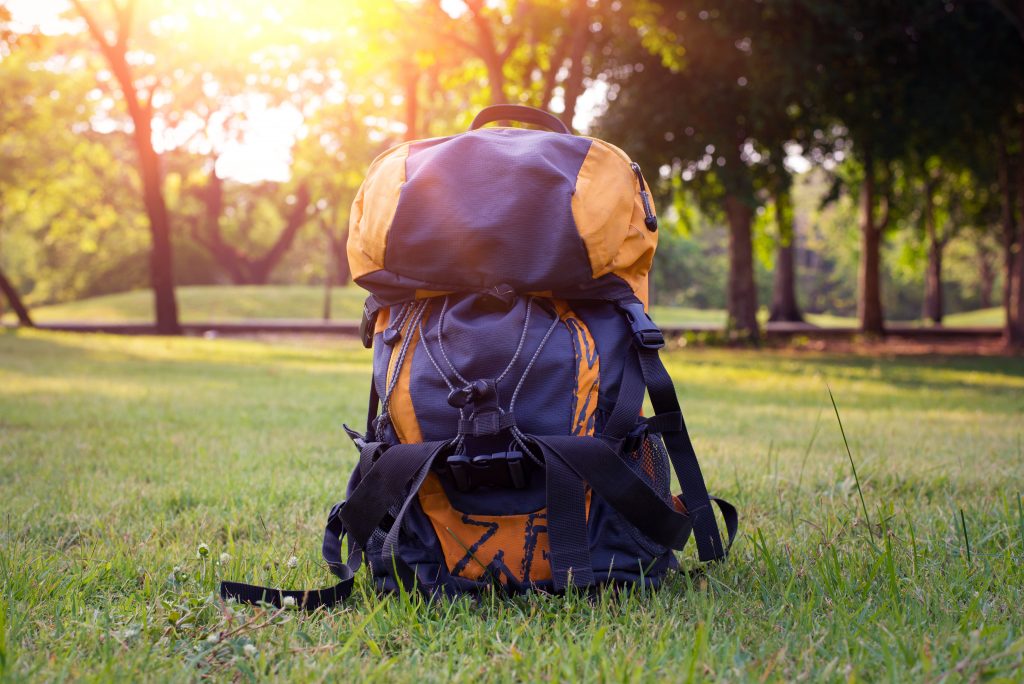
After extensive research and testing, we’ve compiled a list of the best backpacking backpacks specifically designed to handle heavy loads. These backpacks have proven their durability, comfort, and functionality, making them top choices for backpackers who carry substantial weight on their adventures.
Hyperlite Mountain Gear Unbound 40/55
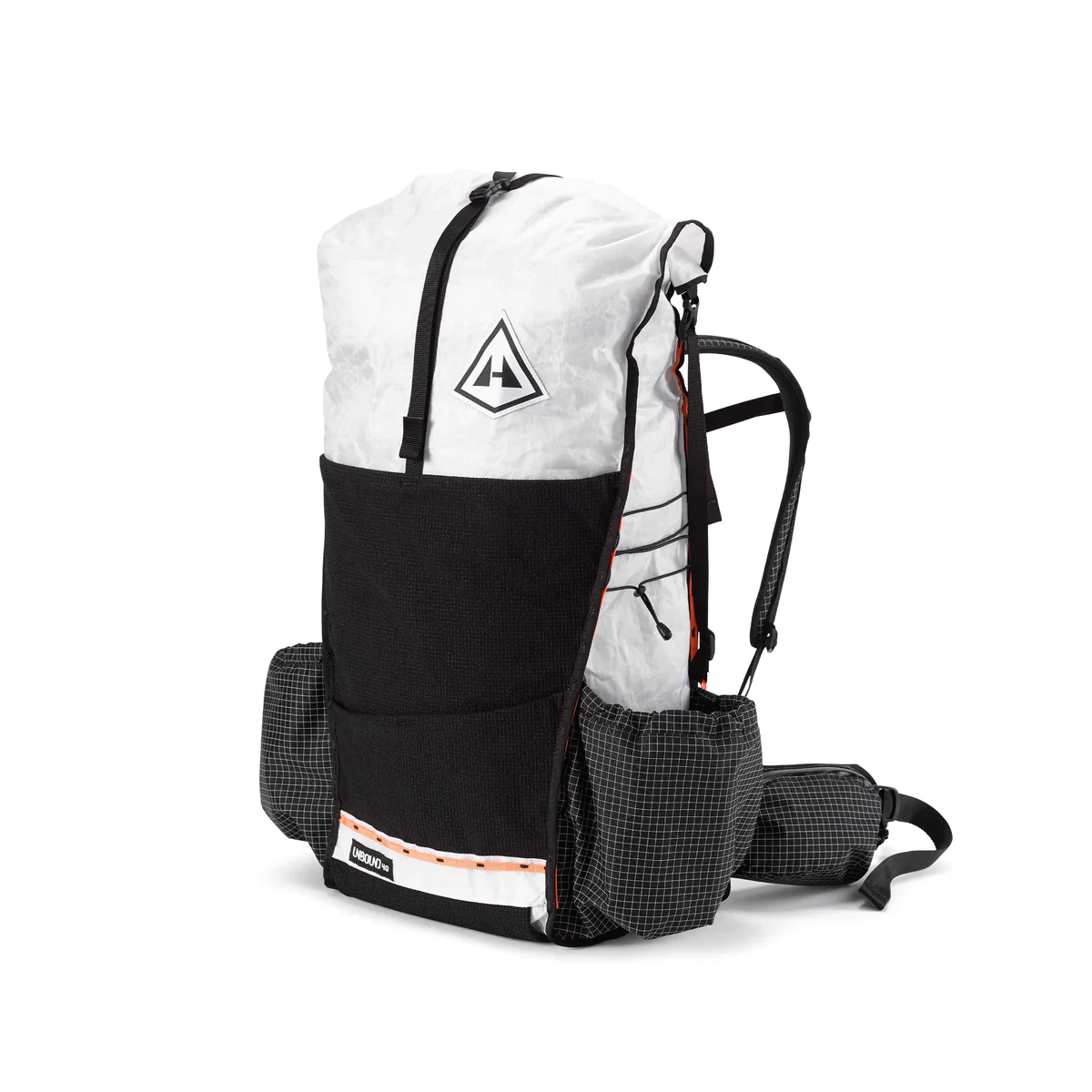
The Hyperlite Mountain Gear Unbound series is a top pick for ultralight backpackers who need a heavy-duty pack. Made from Dyneema Composite Fabric, these packs are incredibly lightweight yet exceptionally durable. The Unbound 40 and Unbound 55 offer ample storage space, making them suitable for extended trips.
Key Features:
- Ultralight design with Dyneema Composite Fabric
- Waterproof construction to keep your gear dry
- Roll-top closure for easy access and compression
- Reinforced seams and durable materials for long-lasting use
- Comfortable suspension system with adjustable shoulder straps and hip belt
Granite Gear Blaze 60
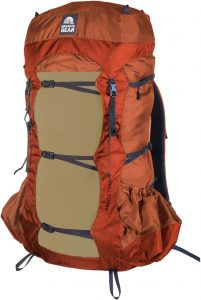
The Granite Gear Blaze 60 is a versatile backpack that strikes a perfect balance between weight and durability. With a capacity of 60 liters, it offers ample space for heavy loads without compromising comfort. The adjustable Re-Fit hip belt and shoulder straps provide a personalized fit, ensuring maximum comfort on the trail.
Key Features:
- Robust construction with high-tenacity nylon and polyester fabrics
- Large main compartment with top and front panel access
- Adjustable Re-Fit hip belt and shoulder straps for a customized fit
- Versatile compression system for load stabilization
- Multiple pockets and attachment points for efficient organization
Gregory Baltoro 65
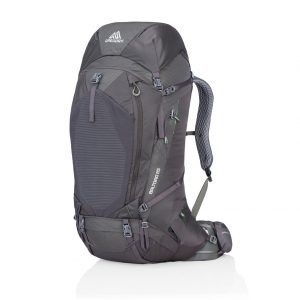
The Gregory Baltoro 65 is a classic backpacking pack known for its exceptional comfort and support. With its advanced suspension system and strategic padding, it can handle heavy loads with ease. The backpack’s adjustable torso length and hip belt allow for a personalized fit, ensuring optimal weight distribution.
Key Features:
- High-density foam padding on the back panel, shoulder straps, and hip belt for superior comfort
- Adjustable torso length and hip belt for a customized fit
- Integrated rain cover for protection against wet weather
- Multiple pockets and compartments for efficient organization
- Sturdy construction with durable materials for long-lasting use
Deuter Aircontact Core 65+10
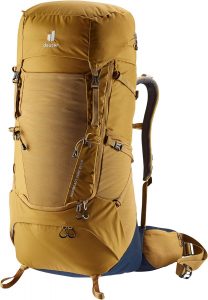
The Deuter Aircontact Core 65+10 is a reliable backpack that combines comfort, durability, and versatility. It features an innovative Aircontact Core system that provides excellent load distribution and ventilation. The backpack’s adjustable torso length and Vari Quick system ensure a perfect fit for various body types.
Key Features:
- Aircontact Core system for optimal load distribution and ventilation
- Adjustable torso length and Vari Quick system for a customized fit
- Large main compartment with bottom access and separate sleeping bag compartment
- Integrated rain cover for protection against the elements
- Numerous pockets, compartments, and attachment points for efficient organization
Osprey Exos 58
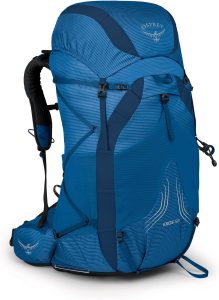
The Osprey Exos 58 is a lightweight backpack that excels in comfort and functionality. Despite its featherweight design, it can handle heavy loads with ease. The backpack’s ventilated back panel and adjustable suspension system ensure optimal airflow and a personalized fit.
Key Features:
- Lightweight construction with durable materials for long-lasting use
- Ventilated AirSpeed back panel for enhanced airflow and comfort
- Adjustable torso length and hip belt for a customized fit
- Large main compartment with top and side access
- Multiple external pockets and attachment points for efficient organization
How to Choose the Right Backpack for Your Body Type
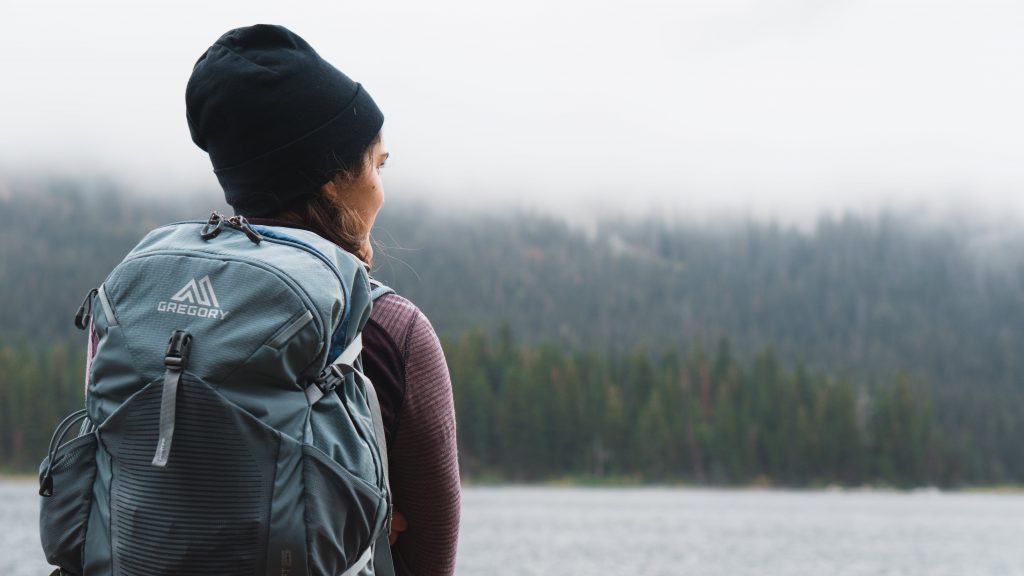
Choosing a backpack that fits your body type is crucial for comfort and stability, especially when carrying heavy loads. Let’s explore the key factors to consider when selecting the right backpack for you.
Torso Length
The torso length is a critical measurement when choosing a backpack. Measure your torso length by starting at the base of your neck and running the tape measure along your spine to the top of your hip bones. Most backpacks provide a range of torso lengths to accommodate different body sizes.
It’s essential to select a backpack with an adjustable suspension system that allows you to customize the fit according to your torso length. This ensures that the hip belt sits comfortably on your hips and the shoulder straps align with your shoulders.
Hipbelt Fit
The hip belt plays a significant role in distributing the weight of your backpack to your hips, reducing strain on your shoulders. The hip belt should rest comfortably on the top of your hip bones, with the padding hugging your body without excessive pressure or gaps.
Look for backpacks with adjustable hip belts that can be tightened or loosened to achieve a snug fit. A properly fitted hip belt will transfer the weight of your pack to your hips, allowing you to carry heavy loads with ease.
Shoulder Strap Comfort
Shoulder straps should provide adequate padding and support to prevent discomfort and chafing. They should contour to your shoulders without digging in or causing pressure points. Look for backpacks with adjustable shoulder straps that allow you to customize the fit.
Ensure that the shoulder straps are wide enough to distribute the weight evenly and that they are made from breathable materials to prevent excessive sweating. Comfortable shoulder straps are essential for carrying heavy loads without straining your upper body.
Tips for Properly Packing a Heavy Load Backpack
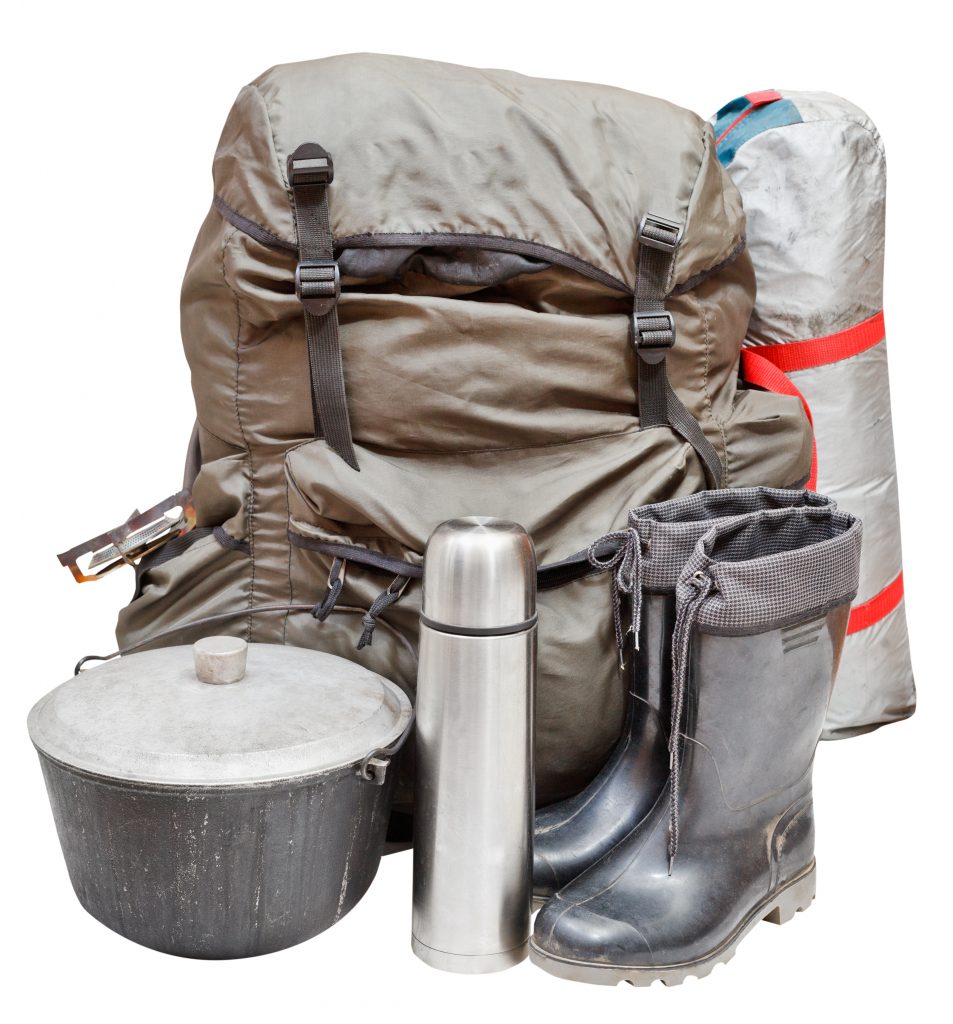
Packing your backpack correctly is crucial for weight distribution, organization, and easy access to your gear. Here are some tips to help you pack your heavy load backpack efficiently:
Proper Weight Distribution
Distribute the weight evenly inside your backpack to maintain balance and stability. Place heavier items closer to your back, centered in the middle of your pack. This helps to keep the weight close to your body, reducing strain on your shoulders and improving overall comfort.
Avoid packing all heavy items at the bottom of your backpack, as it can throw off your balance and make your backpack feel bottom-heavy. Aim for a well-balanced load that evenly distributes the weight along your back.
Main Compartment Organization
Organize your gear in the main compartment of your backpack to maximize space and accessibility. Use packing cubes or stuff sacks to group similar items together, making it easier to locate specific gear when needed.
Place frequently used items in easy-to-reach locations, such as the top or outer pockets of your backpack. This allows you to access essentials without unpacking the entire contents of your bag.
Easy Access to Essentials
Ensure that items you may need on the trail, such as a rain jacket, snacks, or a map, are easily accessible. Utilize external pockets, hipbelt pockets, or side pockets for quick access to frequently used items, eliminating the need to dig through your main compartment.
Consider using a backpack with a large front panel opening or side zippers, allowing you to access the main compartment without unpacking everything. This provides convenience and saves time during your hike.
Utilizing Hipbelt and Side Pockets
Take advantage of the hipbelt and side pockets to store small essentials that you may need on the trail. Items like energy bars, a compass, a pocket knife, or a water bottle can be easily accessed without removing your backpack.
Utilizing these pockets frees up space in your main compartment and keeps important items within reach. It also helps to distribute the weight evenly and maintain balance throughout your hike.
Additional Factors to Consider

When choosing a backpack for heavy loads, several additional factors should be taken into account. These factors include discount codes and promotions, return and warranty policies, free shipping offers, and customer reviews. Let’s explore each factor in detail.
Discount Codes and Promotions
Keep an eye out for discount codes and promotions offered by manufacturers or retailers. These can provide significant savings on your backpack purchase. Check the manufacturer’s website, subscribe to their newsletter, or follow them on social media to stay informed about any ongoing promotions.
Return and Warranty Policies
Before making a purchase, familiarize yourself with the return and warranty policies offered by the manufacturer or retailer. A generous return policy allows you to try out the backpack and return it if it doesn’t meet your expectations. Warranty coverage provides peace of mind in case of any defects or issues with the backpack.
Free Shipping Offer
Consider purchasing from retailers that offer free shipping, especially if you’re located within the United States. Free shipping can save you additional costs and make the overall purchase more affordable. Check the retailer’s shipping policy to ensure that free shipping is available for your location.
Customer Reviews and Ratings
Read customer reviews and ratings to gain insights into the backpack’s performance, durability, and comfort. Real-life experiences shared by other backpackers can provide valuable information and help you make an informed decision. Consider both positive and negative reviews to get a balanced perspective.
Expert Advice on Heavy Load Backpacking
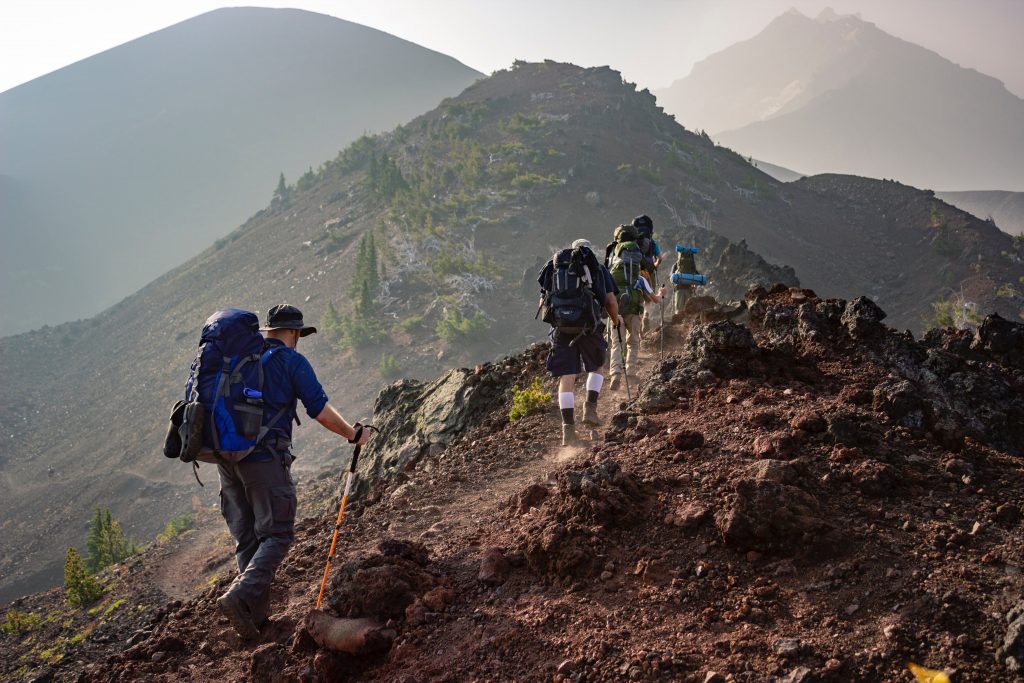
To help you make the most of your heavy load backpacking experience, we’ve gathered some expert advice from seasoned backpackers. These tips will further enhance your knowledge and ensure that you’re well-prepared for your next adventure.
Proper Backpack Fitting
Properly fitting your backpack is crucial for comfort and stability. Take the time to adjust the shoulder straps, hip belt, and load lifters to achieve a snug fit. Experiment with different adjustments until you find the perfect balance between comfort and weight distribution.
Training and Conditioning
Carrying heavy loads requires physical strength and endurance. Before embarking on your backpacking trip, engage in regular training and conditioning exercises to prepare your body for the demands of the trail. Gradually increase the weight you carry during your training sessions to build strength and stamina.
Conclusion
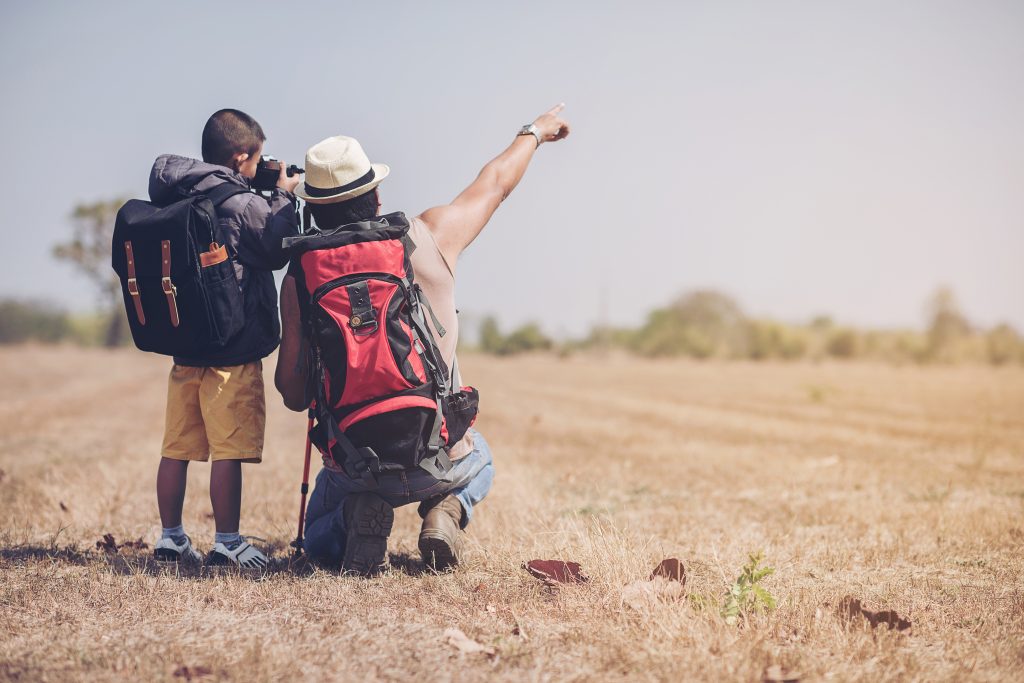
Selecting the best backpacking backpack for heavy loads is crucial for a comfortable and enjoyable hiking experience. Consider the weight, durability, comfort, and organization of the backpack, ensuring that it meets your specific needs. Our top picks, including the Hyperlite Mountain Gear Unbound 40/55, Granite Gear Blaze 60, Gregory Baltoro 65, Deuter Aircontact Core 65+10, Osprey Exos 58, and Gossamer Gear Mariposa 60, offer exceptional features and performance.
Remember to choose a backpack that fits your body type and utilize proper packing techniques for weight distribution and accessibility. Take advantage of additional factors like discount codes, return policies, and customer reviews to make an informed decision. With the right backpack, you’ll be well-equipped to tackle any trail with heavy loads confidently.
Frequently Asked Questions

Q1: Can I use a regular backpack for heavy load backpacking?A regular backpack may not have the necessary features and support to carry heavy loads comfortably. It’s recommended to choose a backpack specifically designed for backpacking and capable of handling heavier weights.
Q2: How do I determine the ideal backpack capacity for heavy load backpacking?The ideal backpack capacity depends on the duration of your trip and the amount of gear you’ll be carrying. As a general guideline, a backpack with a capacity of 50-70 liters is suitable for multi-day trips with heavy loads.
Q3: Are there any specific backpack features I should consider for heavy load backpacking?When carrying heavy loads, look for backpacks with adjustable suspension systems, comfortable padding, and durable materials. Features like load lifters, hip belts, and ventilated back panels are essential for weight distribution and comfort.
Q4: Can I use a heavy load backpack for lighter hikes?Yes, a heavy load backpack can be used for lighter hikes. However, keep in mind that the backpack itself may add unnecessary weight if it’s designed for heavy loads. Consider choosing a lightweight backpack for shorter hikes without heavy gear.
Q5: How do I properly adjust the backpack’s suspension system?Start by adjusting the shoulder straps to ensure they are snug but not overly tight. Next, adjust the hip belt so that it sits comfortably on your hips and bears most of the weight. Finally, tighten the load lifters to achieve a balanced and secure fit.
Q6: Can I bring a heavy load backpack as a carry-on for air travel?Most heavy load backpacks exceed the size restrictions for carry-on luggage on airplanes. It’s recommended to check with the airline beforehand and consider checking in your backpack as luggage.
In the world of backpacking, the quest for the best and most durable pack is paramount. This comprehensive guide has navigated the rugged terrain of backpacking backpacks, especially those designed for heavier loads, to provide you with a range of options. From ultralight wonders like the Hyperlite Mountain Gear Southwest to feature-packed powerhouses like the Osprey Atmos AG and Osprey Aether, we’ve explored a diverse array of backpacks to suit different needs and preferences. Whether you’re embarking on short trips or tackling extended expeditions with a full load, we’ve highlighted essential factors such as base weight, access points, hip belt pockets, and more to help you find the perfect fit. We’ve also considered comfort and convenience, catering to first-time backpackers and seasoned veterans alike, ensuring that features like sternum straps, water reservoir compatibility, ease of use, and even frameless designs are thoroughly examined. With a focus on value and durability, we’ve left no stone unturned, scrutinizing every facet, including external pocket fabric and water resistance, to ensure your investment stands the test of time and various weather conditions. Our team of experts, extensive field testing, and in-depth analysis of product prices and test results provide you with the knowledge needed to confidently choose the right backpack for your backpacking adventures.